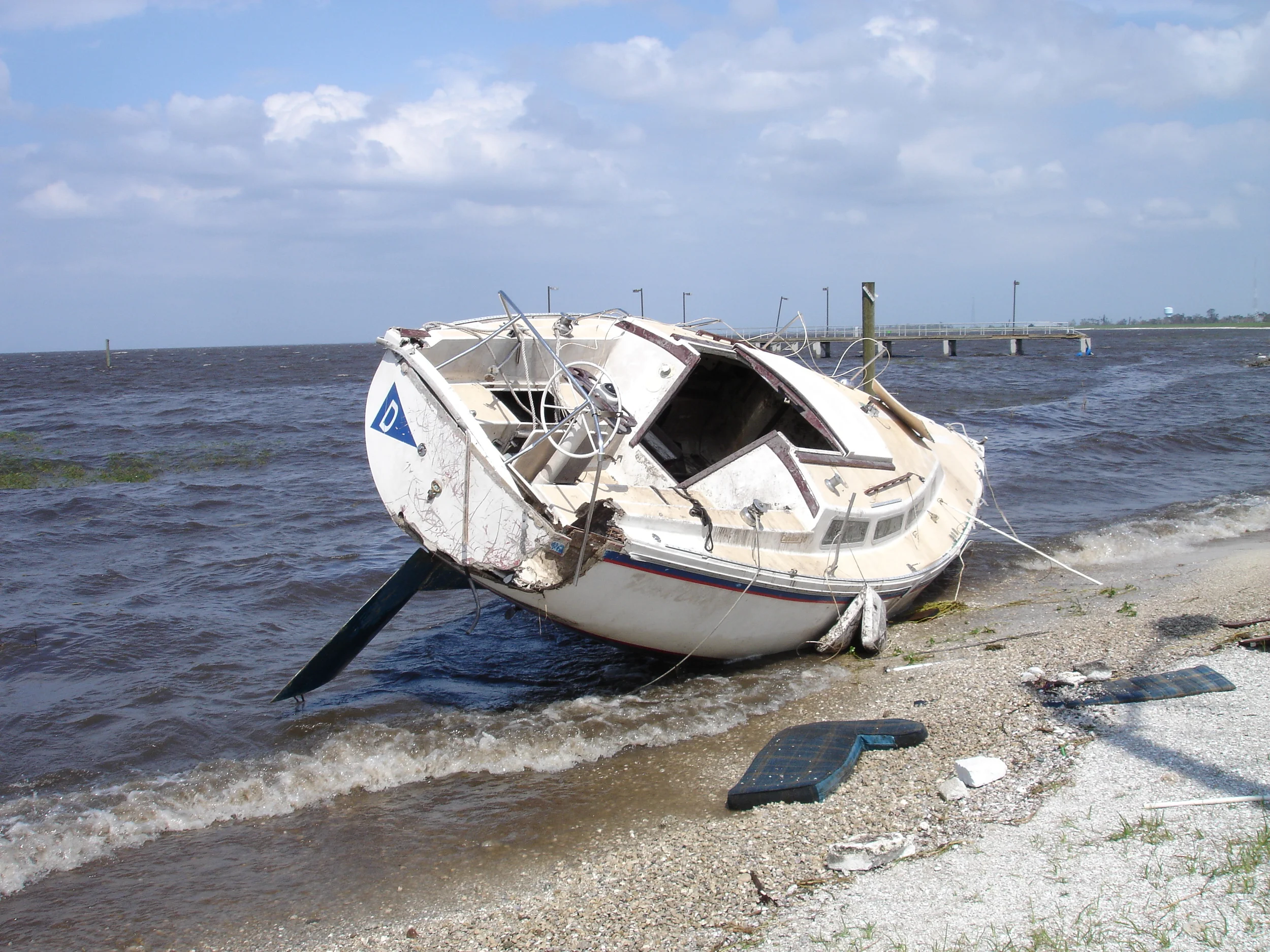Divers are often used to inspect and repair underwater structures and components as part of routine maintenance programs, but can also be instrumental when investigating damage or defect claims. If a claim involves property with underwater components, such as a marina, pier or wharf, a dive inspection will often be needed; however, the adjuster or investigator should look to tailor the inspection to address claim specific issues. Following a brief introduction regarding the dive inspection process, several examples of tailored dive inspection protocols are discussed.
A basic dive inspection can be conducted by a certified diver with scuba equipment. The diver should document the damages via photo or video. The ability to document with a scuba type investigation may be limited; therefore, it may be beneficial to have the inspection conducted by a certified commercial diver equipped with a hard helmet attached to a surface supplied air system. The primary advantage is that the hard helmet can be equipped with a two-way intercom and head-mounted camera which provides the ability to transmit video and communicate in real time during the inspection. The video of the inspection with audio explanation from the diver, can be saved for later review and analysis.
The commercial diver may be accompanied by a dive assistant (who may also be a backup certified commercial diver) and a dive operator. The dive assistant and dive operator remain above water and manage the dive systems. The dive operator provides direction and orientation to the diver, and can record the video on demand. The dive assistant manages the diver's umbilical, ensuring that the line always has the optimal amount of slack and to prevent fouling. It may also be helpful to have personnel that are familiar with the design of the underwater components and the damages to provide direction to the diver through the diver operator.
1. Identify Damaged Components
In claims that involve non-localized damage (such as damages caused by a storm event), an inspection of all underwater components may be appropriate. In instances of localized damages (such as damages caused by an impact or accident), the inspection may be limited to the impacted area. To identify the damages, the diver will typically visually inspect all underwater components and spot check by hand structural integrity. The diver should be familiar with the underwater components and structure to avoid any confusion as to what items are being inspected.
2. Identify Damage Not Obvious from Above Water Inspection
Damage events can cause uneven stresses on marine structures. Such that, above water components may sometimes be undamaged or minimally damaged, while the underwater components may take the majority of the damaging force. Where there is minimal local damage, but above water structures appear to be out-of-square, an underwater dive inspection would be helpful to determine the impact on below water structures. Also, underwater components can often be viewed from above the water; however, the view of some components is often blocked. In those cases, an underwater inspection may be limited to areas that cannot be viewed from above the water.
3. Define Scope of Repairs
The dive inspection can be used for more than merely identifying damaged components, but also for developing the scope of repairs. In order to develop the scope of repairs, the diver will need an understanding of potential repair methods and likely engage in hands-on testing of structure. For example, in the case of bent support structure, the diver may test the structure so that it can be determined if the damages can be repaired by merely replacing the bent support member, or if additional attached components will also need to be replaced to ensure structural integrity.
4. Differentiate New Damage from Old Damage
In claims that involve older underwater structures and components, it is common to see damages that pre-date the claim event; therefore, it may be helpful for the dive inspection to focus on obtaining information to differentiate older damage from more recent damage. More recent breaks and bends in underwater metal structures may be observed as bright and shiny versus older damages that may appear dull, corroded and covered with debris.
5. Review Construction and Installation Methods
In claims involving damages or defects, a dive inspection can be tailored to document construction and installation methods. Instead of limiting the focus on the damages, the diver will document the components used in the structure and how the components were assembled. The as-built structure can then be compared to blueprints and manufacturer’s specifications. As another example, moorings can be checked to determine if the anchor locations meet design specifications. The information may have subrogation implications or relevant to the defense or prosecution of a construction defect.
6. Recent Example Inspection
Several docks in a marina were damaged by a storm event. Due to the age of some of the docks, damages were also observed that pre-dated the storm event. The above-water components were inspected to identify components damaged by the storm event, and a scope of repairs was prepared base on the identified damages. A dive inspection was then conducted which was tailored to focus on the areas identified as being damaged from the above-water inspection (other areas were spot checked), to distinguish old damage from new damage, and verify the developed scope of repairs.
CONCLUSION
Dive inspections can be a valuable tool, especially when tailored to meet claim specific issues. It is helpful to review the inspection protocol and the purpose of the dive with the diver and his team before being on-site to ensure they are properly equipped. In addition to inspections, divers can also be used to recover detached components and to make repairs (such as temporary repairs needed to address immediate dangerous conditions).



